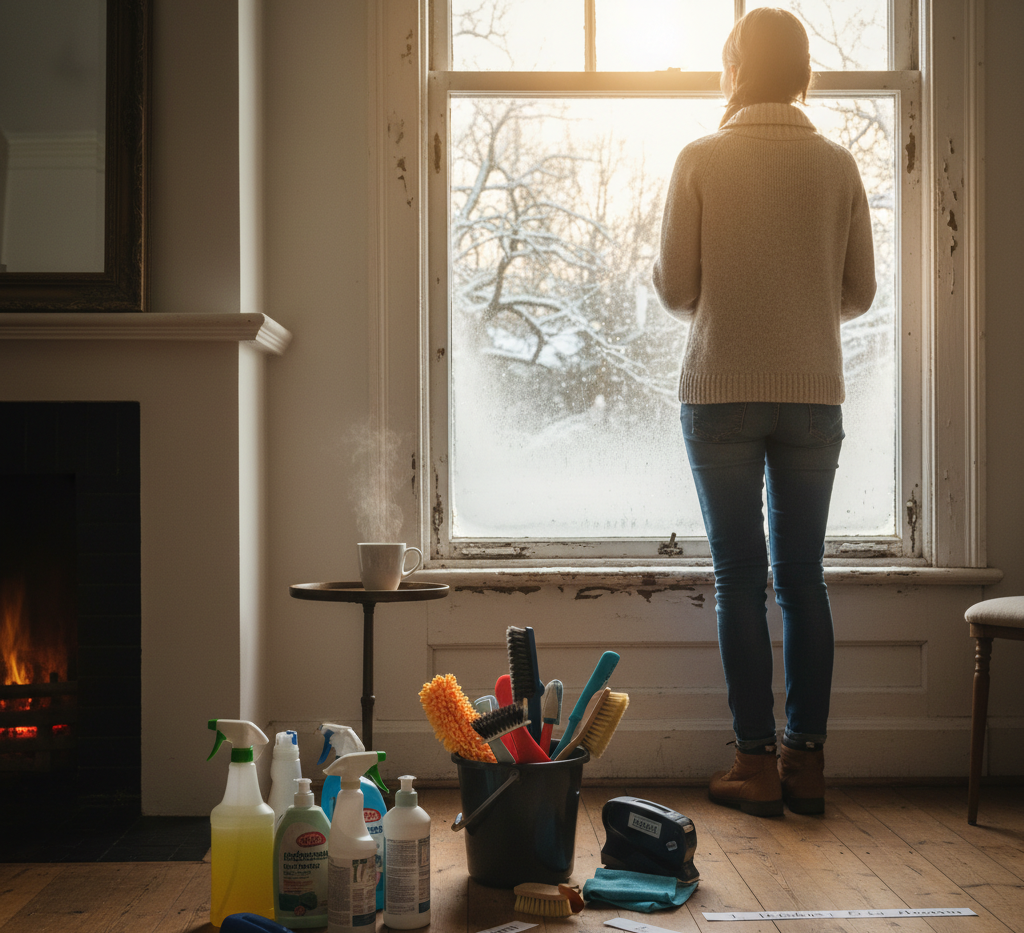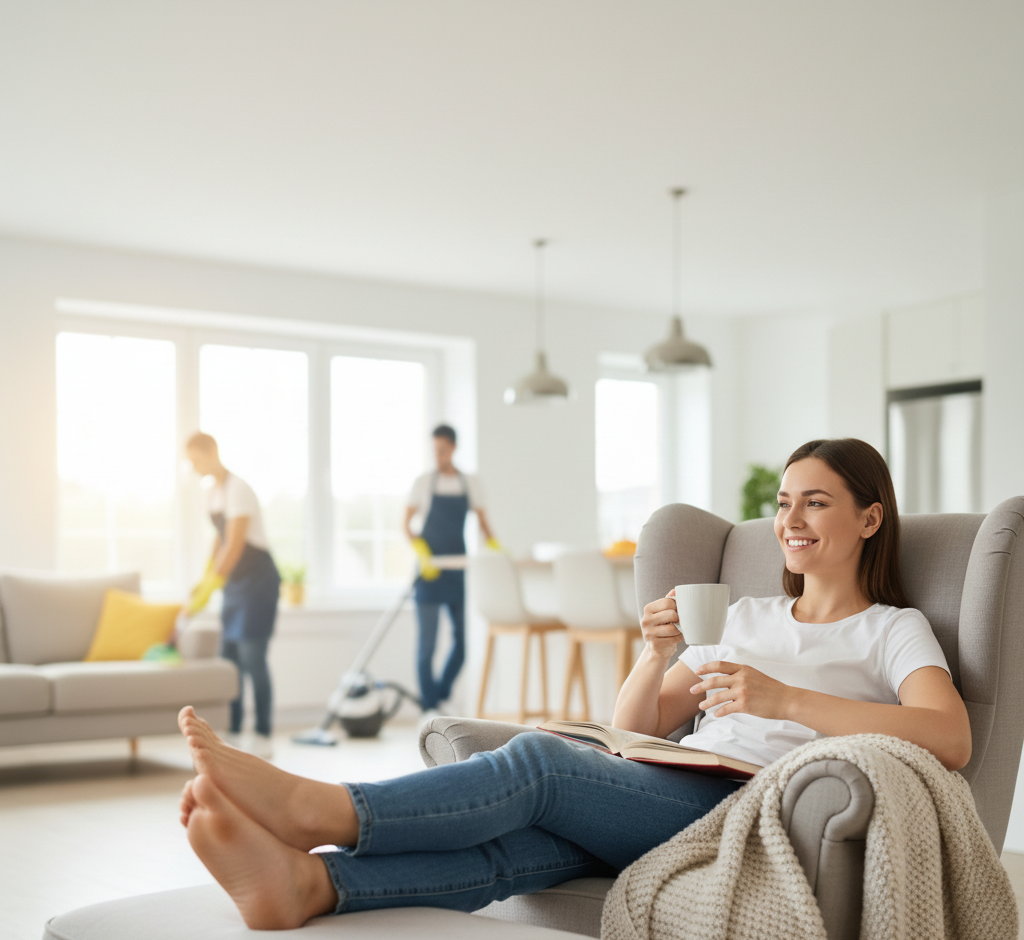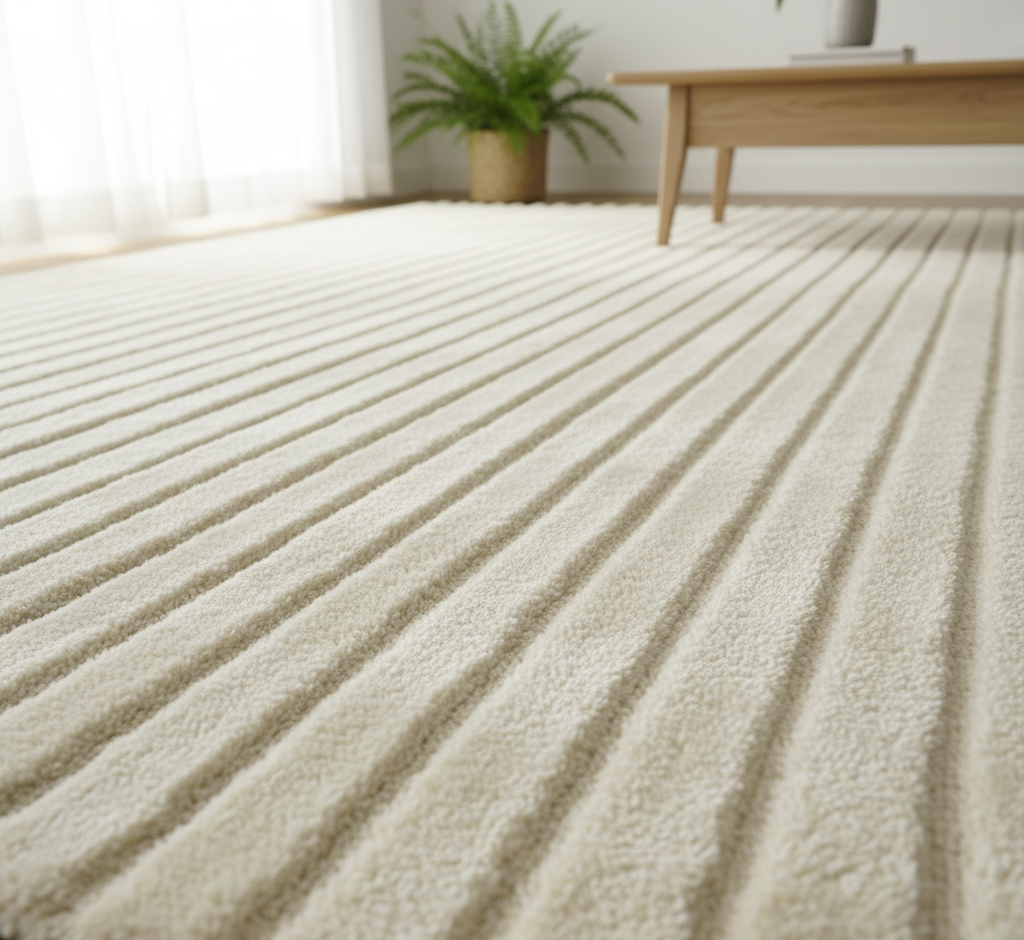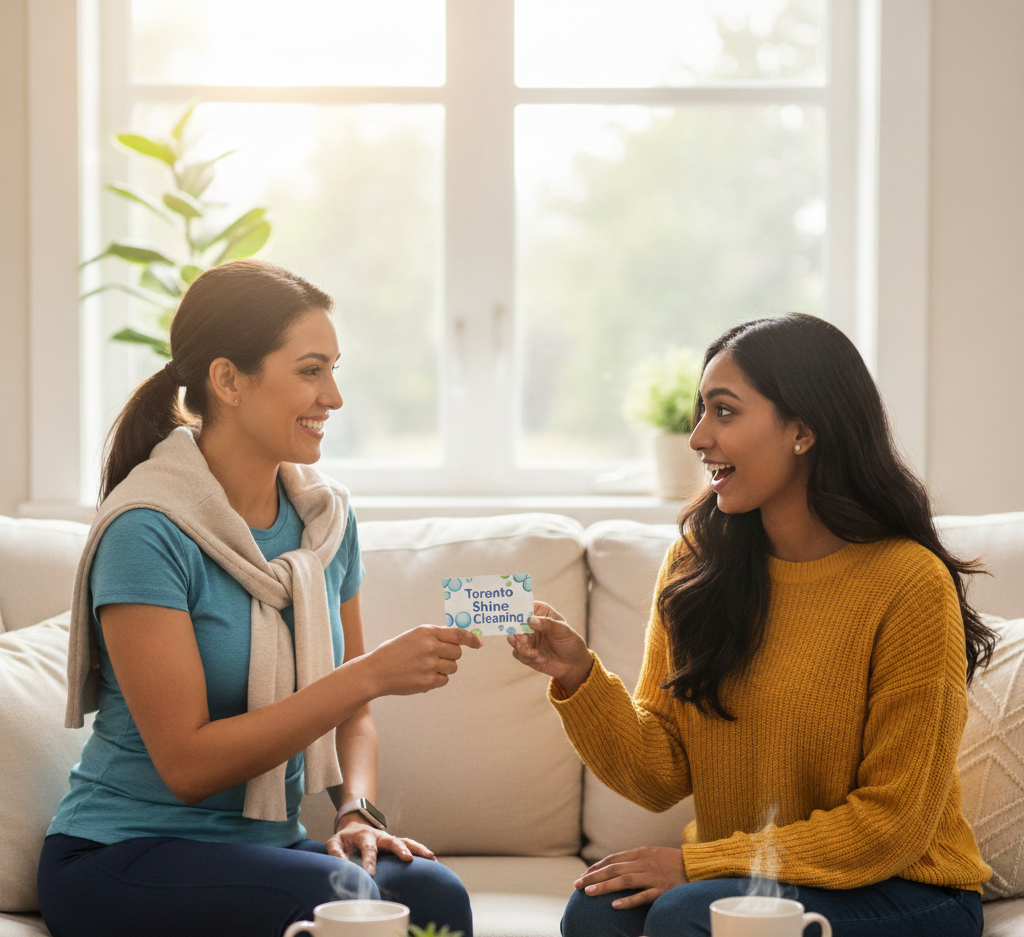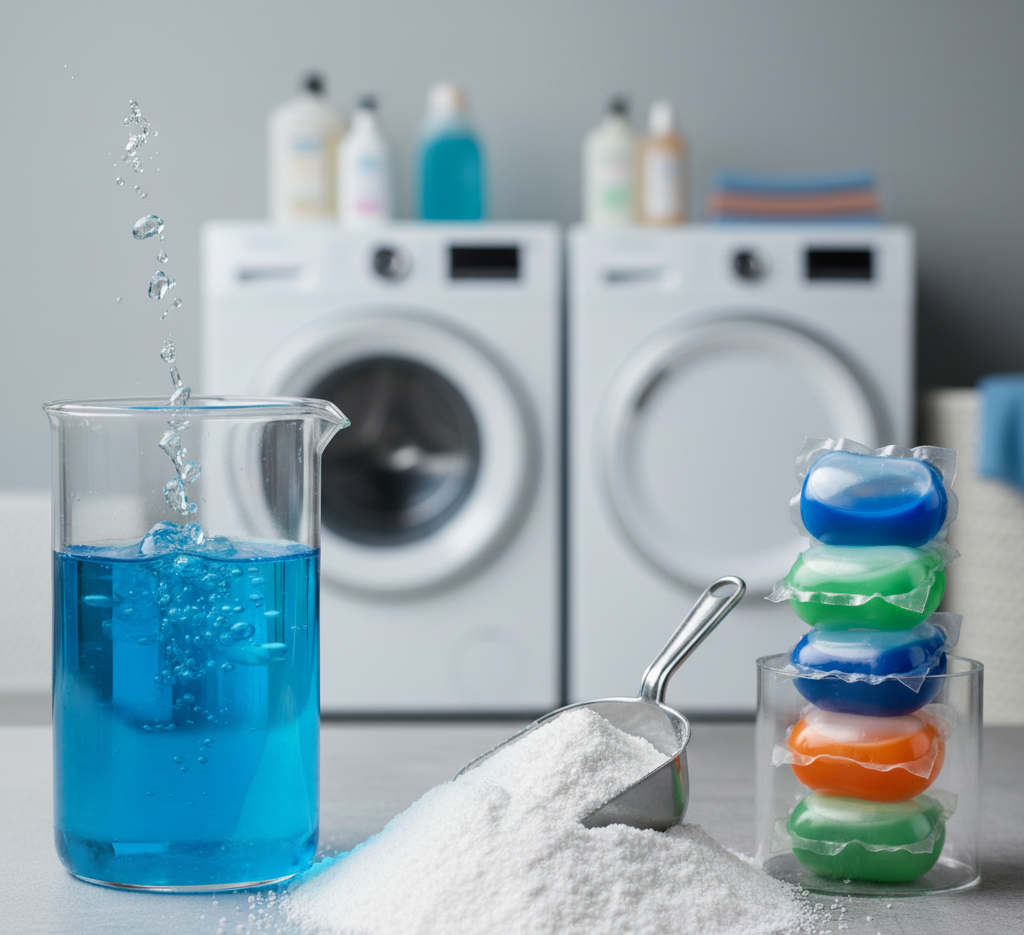5 Key Areas to Deep Clean Before Winter Sets In
As the days grow shorter and a distinct chill settles in the air, winter is coming, and our homes begin a subtle transformation. Windows are closed, thermostats are turned up, and we instinctively prepare to spend more time within our own four walls. This seasonal shift from the open-air freedom of summer to the enclosed comfort of winter calls for a specific kind of cleaning, a deliberate preparation of our indoor environment. It is more than just a routine tidying; it is a process of ensuring the space we will inhabit so intensely for the next several months is not only clean and orderly but also healthy, efficient, and truly comfortable. This preparation is a foundational act of creating a sanctuary for the colder season ahead. 1.Quality of the air The most critical aspect of winterizing a home’s interior is addressing the quality of the air we will be breathing. For months, the heating system has lain dormant, accumulating a fine layer of dust, pollen, pet dander, and other microscopic particles within the ductwork. When the furnace kicks on for the first time, it blasts this accumulation directly into your living space, which can aggravate allergies and respiratory issues. The first step, therefore, should be to turn off your HVAC system at the thermostat and address the registers and vents in every room. Using the brush attachment on your vacuum cleaner, go over each vent cover, pulling away the surface dust. For a more thorough job, unscrew the covers and wash them in a sink of warm, soapy water, using a small brush to get into the grilles. Before replacing them, use the vacuum’s crevice tool to reach as far into the duct opening as possible to remove any loose debris. The single most impactful task for indoor air quality is to replace the furnace filter. A clogged, dirty filter not only fails to trap airborne particles but also forces your heating system to work harder, increasing energy consumption and a risk of malfunction. A fresh filter is an inexpensive and simple measure that pays significant dividends in both health and efficiency all winter long. 2.Natural Light With the air quality addressed, the next focus should be on maximizing the limited natural light of the season. Dirty windows can significantly reduce the amount of light that enters a room, contributing to a gloomy indoor atmosphere. This is the perfect time to remove and clean your window screens. Lay them on a flat surface outdoors and gently scrub them with a soft-bristled brush and a solution of mild soap and water, then rinse them thoroughly and allow them to dry completely. Storing screens in a garage or basement during the winter not only lets in more light but also protects them from being damaged by snow and ice. With the screens removed, give the interior of your windows a meticulous cleaning. A simple solution of warm water with a few drops of dish soap can cut through grime effectively. Using a high-quality squeegee is the key to a professional, streak-free finish. Do not neglect the window tracks and sills, which are notorious for collecting an unpleasant mix of dirt, dust, and dead insects. A vacuum’s crevice tool is ideal for clearing out the loose debris, followed by a detailed wipe-down with a damp cloth and an old toothbrush for the tight corners. Clean windows make a remarkable difference, making rooms feel brighter, larger, and more cheerful during the darker months. 3.Sanitized fabrics As we prepare to get cozy, the textiles in our home require special attention. The heavy comforters, flannel sheets, wool throws, and decorative blankets that have been packed away in closets or storage chests for half a year need to be properly freshened. Even when stored cleanly, fabrics can absorb a stale, musty odor over time. Launder everything according to its care label before putting it on your bed or draping it over your sofa. This ensures your cozy essentials are fresh, clean, and free of dust mites. This is also the ideal time to deep clean the fabrics that are out year-round but see much more use in the winter. Curtains and drapes are silent collectors of an astonishing amount of household dust. Use your vacuum’s upholstery attachment to go over them from top to bottom. For more durable fabrics, a steam cleaner can be used to sanitize and release wrinkles. If they are machine washable, taking them down for a thorough cleaning will dramatically reduce airborne allergens. Upholstered furniture, from the family sofa to the favorite armchair, should be given a similar treatment. Remove all cushions and use a crevice tool to vacuum every seam, crack, and corner where crumbs, dust, and pet hair accumulate. A thorough vacuuming of the entire piece will refresh it and prepare it for many long winter evenings. 4.Fireplace and Floors The hearth and the floor are central to the feeling of winter comfort. If you have a fireplace, its surrounding area needs to be prepared before its first use of the season. The mantel, hearth, and fireplace tools should be completely cleared and wiped down to remove all settled dust. While the interior of the chimney requires a professional sweep for safety, cleaning the immediate exterior prevents that first fire from sending a plume of dust into the room. With the fireplace ready, turn your attention to the floors. Carpets and area rugs will become the primary surfaces for playing, relaxing, and gathering. A standard, quick vacuuming is not sufficient for a seasonal deep clean. To truly remove the embedded dirt, allergens, and microscopic grit that wears down fibers, you must vacuum slowly and methodically. Make multiple passes over the same area, moving in overlapping, perpendicular directions to agitate the carpet pile from all angles and allow the vacuum’s suction to work most effectively. If possible, move furniture to clean the areas underneath, which are often the dustiest parts of a room. This level of deep vacuuming not only cleans
